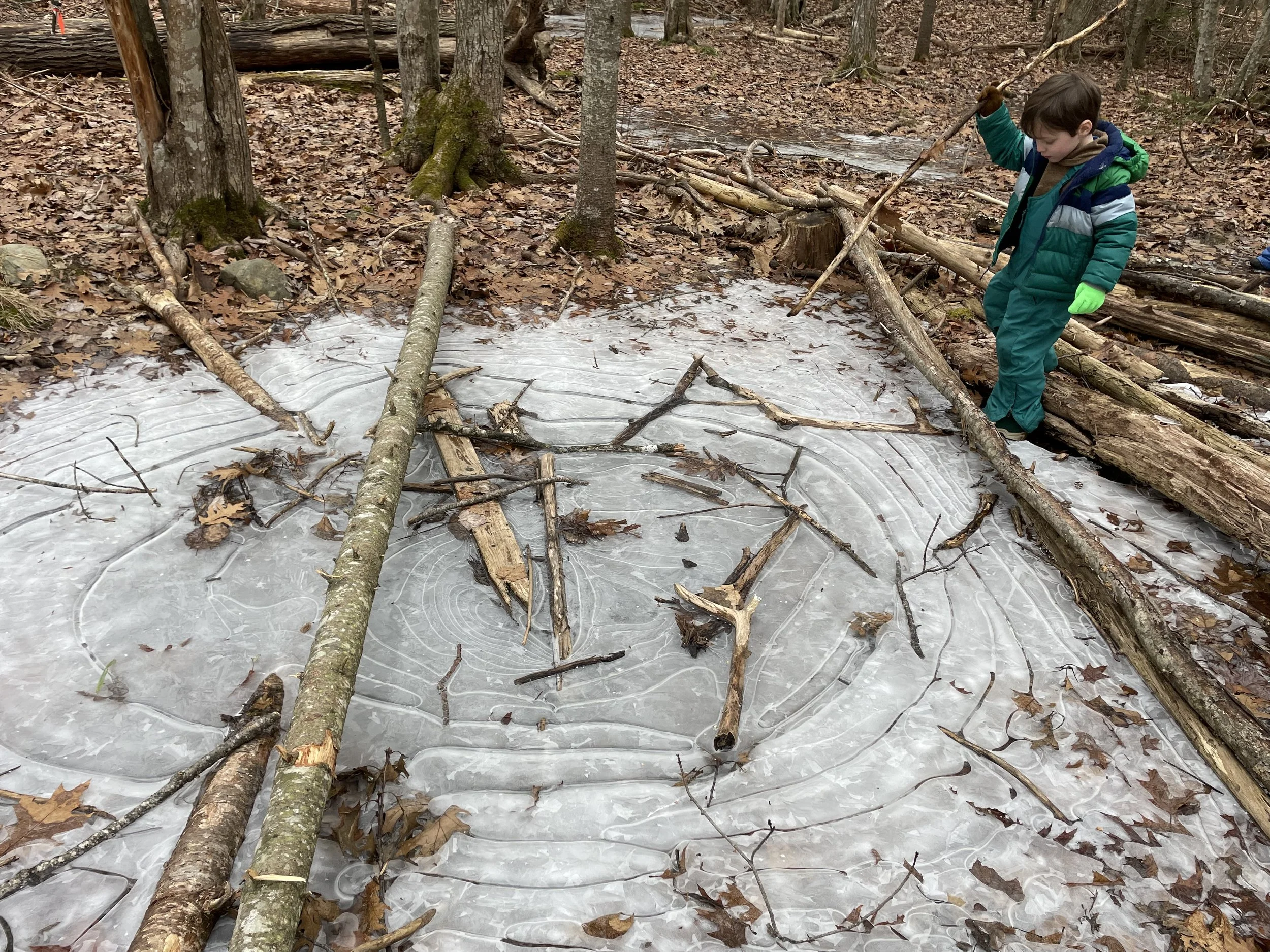What exactly is Reggio Emilia and how does it make a Peopleplace education different?
The Reggio Approach derives its name from its place of origin, Reggio Emilia, a city located in Emilia Romagna in Northern Italy. Shortly after the Second World War, Loris Malaguzzi, a young teacher and the founder of this unique system, joined forces with the parents of this region to provide child care for young children. Over the last 70 years, this education system has developed into a unique program that has caught the attention of early childhood educators worldwide.
The Reggio Approach is a complex system that respects and puts into practice many of the fundamental aspects of the work of Dewey, Piaget, and Vygotsky and many others. It is a system that lends itself to: the role of collaboration among children, teachers and parents, the co-construction of knowledge, the interdependence of individual and social learning and the role of culture in understanding this interdependence. (Baji Rankin 2004).
“Peopleplace exemplifies the “amiable school” spoken of in Reggio Emilia – a place where everyone is seen as creative, capable and full of potential.” Robin Brooks, artist.
Fundamentals to this approach include:
Relationships as the foundation of learning
The environment as a teacher
Parent participation in the school
Educators as partners in learning with children
Structure and organization to support collaboration
The power of documentation
Long term projects and ongoing experiences
LINKS
Italian Reggio Emilia Site ~ http://zerosei.comune.re.it/
North American Reggio Emilia Alliance ~ http://www.reggioalliance.org/index.php
Reggio Emilia Approach/Wikipedia ~ http://en.wikipedia.org/wiki/Reggio_Emilia_approach

